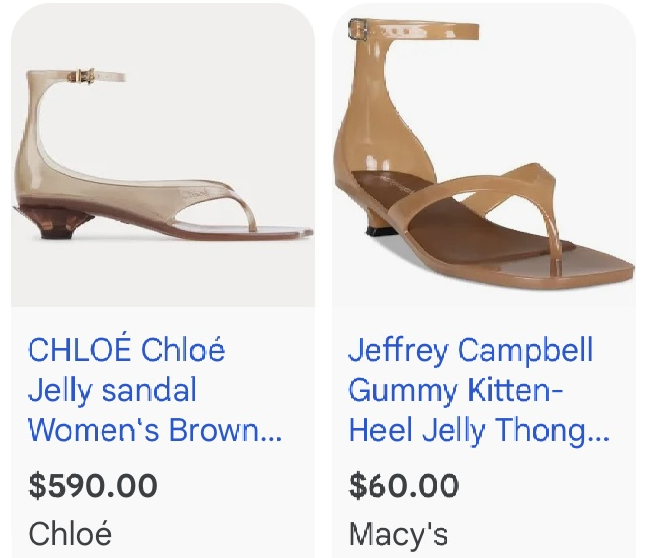 |
| Where are YOU??? |
I recently read a piece by the British interior designer and columnist for Elle Decor, Rita Konig. She was trying to decipher what turns a room into a beautiful space and hit upon one caveat that plays into my idea of personal style. As a caution she wrote about, "...moments in decorating when everything is looking a bit too tasteful and pleased with itself."
 |
| Are you in there??? |
Women spend a lifetime discovering who they are. And who we are today may not be who we are tomorrow. Everything can change, and that means our style too. One year you love a ruffled collar; the next year you wouldn't dream of wearing one. You hate navy until you happen across the perfect shade of navy that turns you into a Renaisance portrait. Last winter you loved midi skirts; this winter they make you look frumpy. And so it goes.
That's why it's hard to come up with a style and stick to it. I have nothing but respect for the women who have one and do. It's said we should think of the world as our stage, but what if you have a very large repertoire of characters? One style I will never have though is "tasteful". To me that would be the kiss of death. I truly believe you can dress in good taste without resorting to "tasteful".
Rita goes on to say she admires other people's taste without necessarily wanting it for herself. That's certainly true in fashion, where you can admire looks in a magazine, on a friend or a total stranger without wanting them for yourself.
And when she says, "Rooms can end up rudderless when playing it too safe", I understand what she means. You have an outfit (like the ones above) where everything works perfectly but nothing tilts the equation to "perfect for you".
 |
| Always chic but never stiff |
I call this "Royal Dressing". Meghan and Kate if you will. I don't include Princess Diana because, bless her heart, she always looked relaxed, even when decked out to the nines. Maybe that was the secret to her great appeal; she was relatable.
It might be time to rethink the notion that the end game is "tasteful". The playbook to follow should be your very own and no one else's. Does this take some work? Yes, you will need to think about putting a little more you into every outfit you wear.
You might choose a lime green shirt with that black/white/grey pants look or a red handbag instead of the tasteful, matching brown suede. You can start small; maybe it's a favorite chain necklace you wear with everything. Pretty soon you won't leave home without it.
The new year approaches— I for one am particularly happy to see 2025 in the rear view mirror— which means it's a good time for resolutions. In fashion there are also evolutions.















































